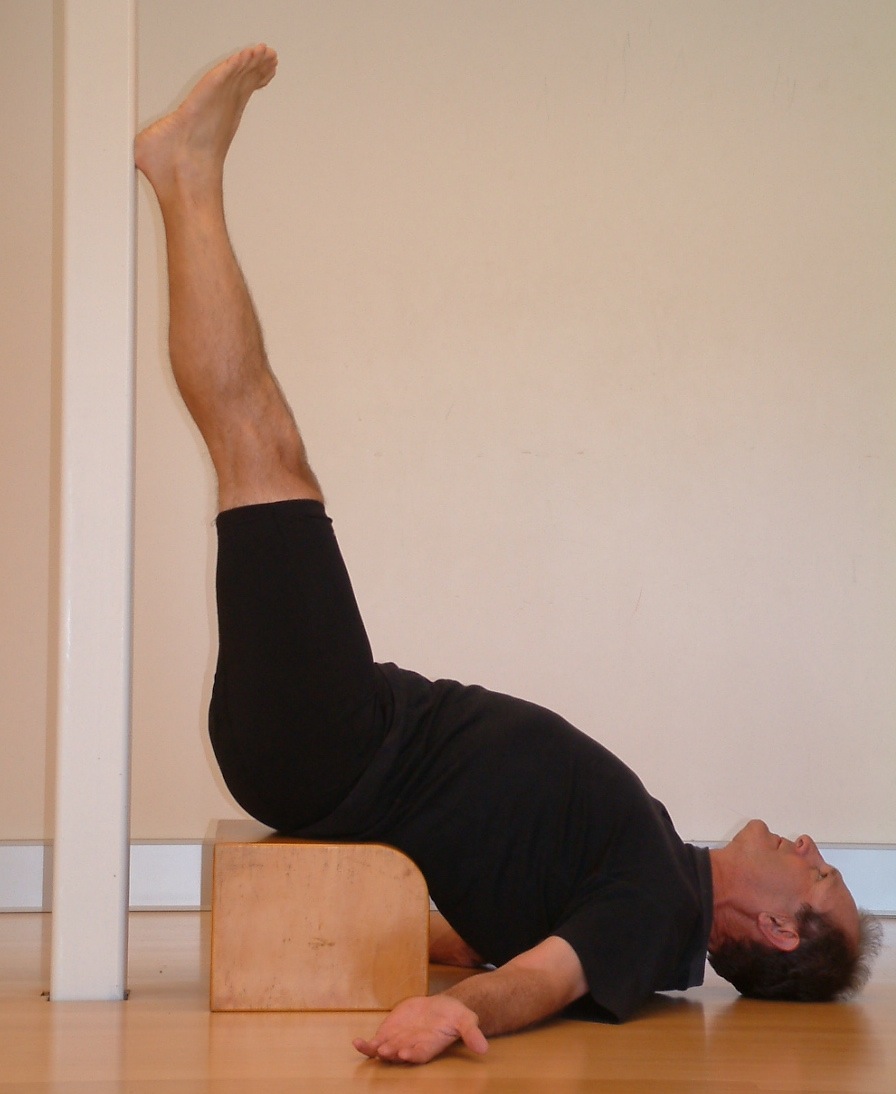
Yoga as Therapy
Classically, yoga is a practical tool for training attention and awareness. In modern times the training ground has largely become that of paying attention to the body (although that is certainly not the only possible anchor of awareness). By setting out to intentionally pay attention to sensations within the body, the yoga practitioner comes to observe how easily their attention strays, and practises bringing it back to the chosen anchor. Having noticed their attention straying, they are then in a position to begin to work with being able to direct their attention in more and more skilful ways. So actually yoga turns out to be training for the mind (as much as for the body), and to have the capacity to awaken the intelligence of the integrated mind/body system.
The array of physical postures that you probably think of when you think “yoga” have been developed over many thousands of years as a way of helping this process of returning attention to the body. If you would like to see this working in your own experience, here is a quick exercise: try standing on one leg (no hands!), and you can straight away notice how much more attention you pay to the messages your body is sending to you, and the messages you send back to it.
This communication – body to you, you to body – raises a further question: where or what is the ‘You’ that is communicating with your body?! This line of investigation usually comes later on (so don’t worry if you find it difficult to answer the question!), but for some people it is very revealing, helping them to gradually loosen an unhelpful tight grip on who we think we are. Practical therapeutic applications of this line of enquiry include helping the person whose life has taken a sharp turn (retirement, divorce, losing a job, for instance), and left them feeling shaken about who they are and where they fit in to the scheme of things.
Another practical application is that we can start to notice that we are not our thoughts. Homo sapiens have the tremendous advantage of complex mental apparatus, with which we build amazing societies and do wonderful things – even fly to the moon! However, this same mental apparatus gets us into trouble a good deal of the time, as well. When we are so involved with our thoughts that we stop noticing that the story going on inside our heads is not actually happening in real life, then we can become anxious (about what we imagine might happen), depressed (about what we did or didn’t do in the past), tense and confused. Yoga gives us a system whereby we can gradually get better at not taking our thoughts as reality (but rather, regard them as a source of suggestions which we can use or not use as seems wise at the time).
Yoga philosophies are the frameworks of understanding that have been built up over thousands of years by yogis practising these types of self-observation methods. The building blocks (i.e. prolonged observation of the subjective experience of having human consciousness) of yogic psychology are very different to those of western science (which seeks to observe objectively – i.e. from the outside – and measure trends across large numbers of individuals). Yet in recent times, these two apparently diverse systems are discovering points of agreement that are fascinating, especially when supported by the new science of neuro-psychology.
One area of psychology that has been especially helped by body-based methods such as yoga, is that of traumatology. When people have been traumatised, their body has often become an arena of fear, pain and alienation. In his aptly named book The Body Keeps the Score, Bessel Van Der Kolk describes this in detail. Our bodies ‘store’ traumatic memories with a directness that the mind (with all its shenanigans) can deny, but the body cannot. Whilst this means unfortunate somatics for the person who has not processed and integrated traumatic memories, it also means that when we can work out good methods of working with the embodied memory, we have a way forward that can be effective where talking therapies are not.
There is now a substantial, growing body of scientific literature supporting the use of yoga therapy in relation to anxiety, depression, trauma, insomnia, and substance abuse.
